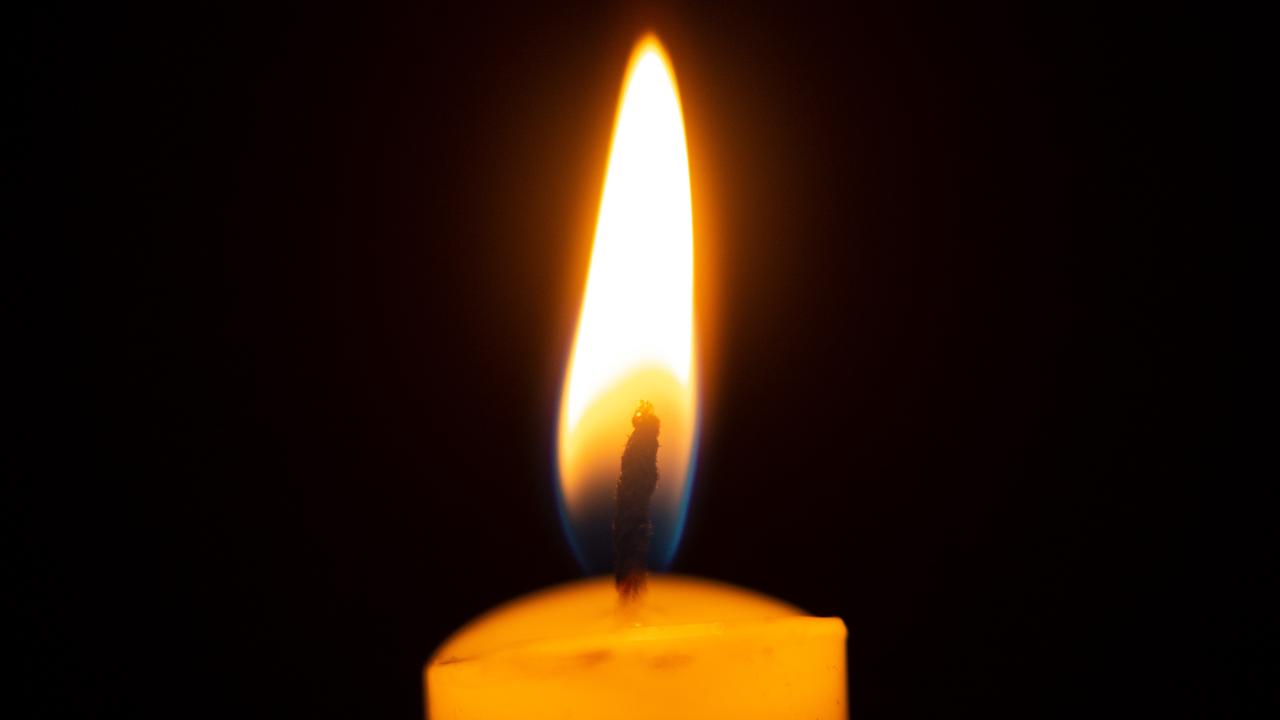Centenary of Anzacs: Shots of war
A TASMANIAN nurse compiled an amazing record of World War I, writes ANNE MATHER.
ANZAC Centenary
Don't miss out on the headlines from ANZAC Centenary. Followed categories will be added to My News.
THERE are only a handful of images of Louisa Curtain in her photo album. But the collection of more than 400 World War I photographs, nonetheless reveals a lot about the Tasmanian World War I nurse.
It would have required courage and sensitivity to snap such raw scenes and faces of war.
And her depictions of exotic lands and people show both curiosity and awe.
Louisa was one of four sisters who served as nurses during World War I, the biggest number of nurses to come from just one Tasmanian family.
Louisa and her sisters – Harriette, Nancy and Mary – came from a large Catholic family of a dozen children who grew up on a farm at Elderslie.
Louisa’s album has become a source of fascination and pride for her descendants.

One relative, Emma Zeeman, said the scope of the photos was amazing. “They show an intelligent and independent woman who was following her career and exploring the world,” she says.
There are the scenes that would have formed the tragic tableau of Sister Curtain’s life as a nurse: the wards, the wounded and the graves.

Somehow, Sister Curtain also managed to include images of Gallipoli in her album.
There are photos of explosions offshore, soldiers wearing gas masks and others ducking for cover. “Dodging a shell” is written under a photo showing a man running from a cloud of smoke.
The landscapes of the Gallipoli cliffs show how littered they were with makeshift huts and dugouts, with men living in holes in the dirt like ants.
“How she got these photos is a mystery, because officially there were no nurses at Gallipoli,” says Mrs Zeeman.
The album also offers an insight into the life of a nurse during World War I, as well as the injured they nursed.
In Egypt Sister Curtain was stationed at the Number 2 Hospital, which had 1500 beds and only 51 nurses.
With so few nurses, and so many patients, the magnitude of their task is difficult to comprehend.
In England she worked at a hospital in Southall that specialised in fitting artificial limbs.
One of the most poignant photos from Southall is of a soldier named Tom Wintle, 26, from Victoria, who is shown smiling and bandaged in bed. He epitomised the bravery of the Anzacs, because he kept returning stoically to battle despite repeated injuries.
“Each photo in the album tells a story, however it is the photo of Tom Wintle that makes me put my head in my hands and grieve for a young man who died half a century before I was born,” Mrs Zeeman says.
“Through Louisa’s album the bravery of Tom Wintle and his beautiful smile will never be forgotten.”

Mrs Zeeman was compelled to research the story behind the brave smile her great-aunt photographed almost 100 years ago.
The snapshot shows Wintle too debilitated to return to active duty. He is paralysed and bandaged. Yet he is smiling.
Sadly, he died in Australia soon after his journey home.
In another photo taken on the lawn at the front of the Southall hospital, Sister Curtain is shown flanked by a group of amputee soldiers. Such sacrifice is a recurring theme of her album.
There are several photos of hillsides dotted with soldiers’ graves. Occasionally she photographed a single headstone to record a man’s name.
While their lives were lost, Sister Curtain’s album ensures their names will not be forgotten.
“The nurses must have grown close to some of their patients,” says Mrs Zeeman.
“The photos show the nurses were these men’s comrades and friends.”

Mrs Zeeman wonders whether photography was her great-aunt’s way of dealing with the war.
“I wonder whether taking these photos was her lightness in the dark,” she says.
“She would have seen darkness that was unimaginable. But photography was her passion and her hobby. Perhaps it was her way of finding some lightness in a time of great darkness.”
Three Curtain brothers also served in wars. Edward went to the Boer War, while James and Nicholas served in WWI.
Nicholas served in the 3rd Light Horse Regiment, and was the last light-horseman to die in Tasmania.
Mrs Zeeman remembers visiting her grandfather’s home at Brighton as a girl, and being fascinated by a large family photograph of a uniformed Nicholas flanked by two of his sisters on each side.
“These nurses did their work quietly with professionalism and dignity and in some cases dangerous conditions, and we have perhaps in the past not valued their contribution as equal to our servicemen’s,” she said of her great-aunts.

Originally published as Centenary of Anzacs: Shots of war


